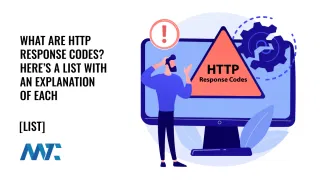The second major version of the HTTP protocol that powers the web. It represents a significant upgrade from HTTP/1.1, focusing on performance and efficiency while maintaining compatibility with existing web applications.
Core Improvements
Multiplexing
In HTTP/1.1, requests had to be processed one at a time, like waiting in a single line at a store. If one request was slow, it would block all others behind it (head-of-line blocking). HTTP/2 introduces multiplexing, sending multiple requests and responses simultaneously over a single connection. Imagine multiple checkout lines at a store all serving you at once – this dramatically reduces waiting time and improves overall performance.
Header Compression
HTTP headers contain important information about each request and response. In HTTP/1.1, these headers were sent in plain text with every request, even if they hadn’t changed. HTTP/2 introduces HPACK compression, which:
- Compresses header information to reduce bandwidth usage
- Maintains a list of previously used headers to avoid sending duplicate information
- Can reduce header sizes by up to 80%
Server Push
Traditional HTTP requires the client (browser) to analyze a webpage and then request additional resources like images or stylesheets one by one. HTTP/2’s server push allows servers to send resources to the client before they’re requested proactively. For example, when requesting an HTML page, the server can immediately push related CSS and JavaScript files, knowing the client will need them.
Binary Protocol
HTTP/1.1 used a text-based format, which was human-readable but inefficient for machines to process. HTTP/2 switches to a binary protocol, which:
- Is more efficient to parse
- Reduces errors in transmission
- Enables features like multiplexing
- Processes data faster
Stream Prioritization
Not all resources are equally important when loading a webpage. HTTP/2 allows clients to assign priority levels to different requests. For example:
- Critical content (text, layout) can be prioritized
- Less important resources (background images) can be loaded later
- Developers can optimize the loading sequence for a better user experience (UX)
Real-World Benefits
- Faster page loads: Pages can load 15-50% faster
- Reduced server load: Fewer connections needed per client
- Lower bandwidth usage: Compressed headers and efficient protocols
- Better mobile performance: More efficient use of limited mobile bandwidth
- Improved user experience: Content appears more quickly and smoothly
HTTP/2 was designed to be fully backward compatible with HTTP/1.1. Servers and clients not supporting HTTP/2 automatically fall back to HTTP/1.1, ensuring a smooth transition as the web evolves.
